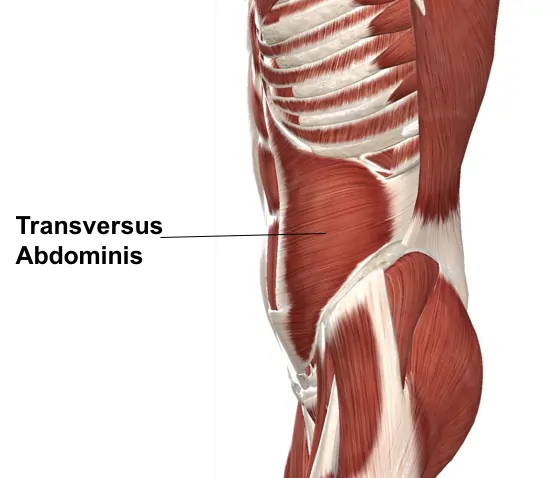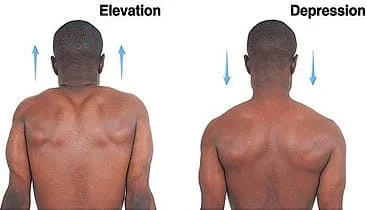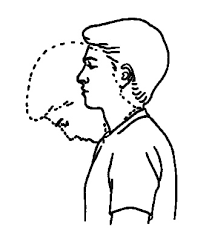How to do Sit up exercise?
Table of Contents
What is a sit-up exercise?
Sit-ups are classic abdominal exercises performed by lying on your back and lifting your trunk. Sit-up exercises use your body weight to strengthen and tone the core-stabilizer abdominal muscles.
Sit-up exercise works the rectus abdominis, transverse abdominis, and obliques muscles in addition to your hip flexors, chest, and neck. They encourage good posture by working your lower back and gluteal muscles.
With a larger range of motion, situp exercise target more muscles than crunches and static core exercises. This makes them ideal for adding to your fitness training.
Which Muscles Do Sit-ups Work On?
Sit-up exercise works the rectus abdominis, obliques, rectus femoris, and the tensor fascia latae muscles. These are the muscles that hold your spinal column and keep your body straight. They prevent collapsing or twisting of the spine, which helps in the neck and hip movement.
What are the benefits of performing sit-up exercises?
The followings are some benefits of performing sit-up exercises:
- Improve Core Strength
- Improved muscle mass
- Athletic performance
- Better balance and stability
- Increased flexibility
- Improved posture
- Reduced risk of back pain and injury
- Strengthen your Diaphragm muscle
How to perform sit-up exercises properly?
Standard sit-up:
To do this:
- Lie on your back with flexed knees and your feet relaxed on the floor.
- Tuck your chin into your chest to straighten the back of your neck.
- Clasp your fingers at the base of your skull, cross your arms with your hands on opposite shoulders, or place your palms down alongside your body.
- Exhale as you raise your upper body up toward your thighs.
- Inhale as you slowly lower your back down to the floor.
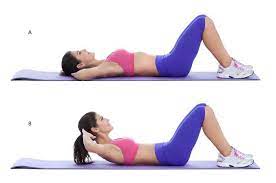
How to perform standard sit-up exercise video:
Other variations of sit-up exercises:
- Stability ball situps
- V-sits
- Oblique V-Ups
- Elbow-to-knee situps
- Butterfly Sit-Ups
- Weighted Sit-Ups
- Banana Twists
Stability ball situps:
To do this:
- Sit on a stability ball with your feet relaxed on the ground.
- Slowly bend back to bring your shoulders, back, and tailbone to the ball.
- Adjust your legs so your knees are directly above your ankles and your thighs are parallel to the ground.
- Keep your mid-back at the top of the ball.
- Clasp your fingers at the base of your skull, squeeze your shoulder blades together, and draw your elbows back.
- Exhale as you engage your core and bring your trunk towards your thighs, lifting your upper back off the ball.
- Hold this position, and then inhale to slowly lower yourself back onto the ball.
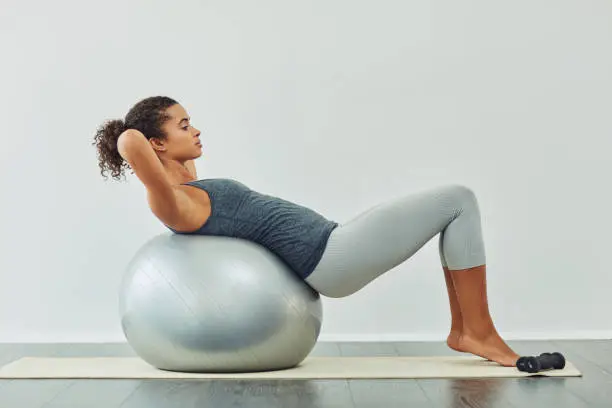
V-sits:
To do this:
- To do v-sits, Lie on your back and Keep your legs fully straight and your arms extended in front of you.
- Simultaneously lift your feet and arms toward the ceiling.
- Keep your chest and legs extended at a certain angle.
- Bring your arms parallel to the ground.
- Hold this position for 5-7 seconds.
- Slowly lower back down to the beginning position.
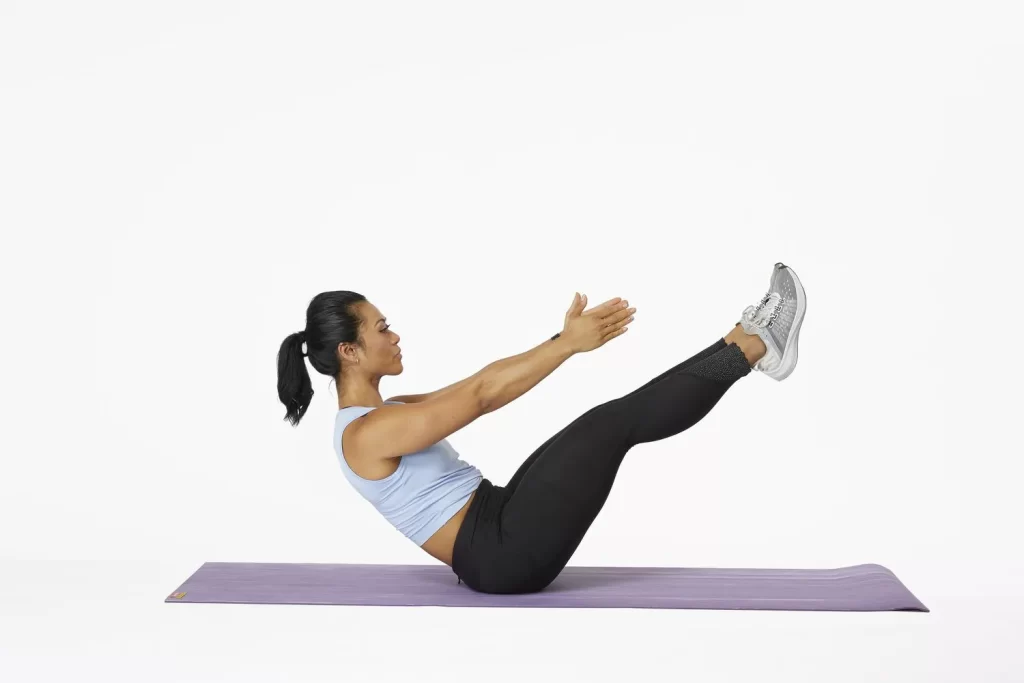
Oblique V-Ups:
To do this:
- Lie down on your right side.
- Keep your right hand extended in front for support, your left hand extended towards the roof, legs together, knees slightly bent, and core engaged.
- Raise your legs and your upper body and touch your left leg with your left hand.
- Exhale and roll back to the beginning position.
- Do this 10 times before switching sides.
- Do 3 sets of 8-10 reps on each side.
Elbow-to-knee situps:
To do this:
- Lie on your back with your fingers clasped at the base of your skull.
- Keep your legs raised off the floor with your knees bent.
- Twist your trunk to bring your right elbow to your left knee, pulling it into your chest.
- At the same time, extend the right leg straight, just parallel to the ground.
- Perform on the opposite side.
Butterfly Sit-Ups:
To do this:
- Sit on a mat.
- Keep your knees bend and feet flat on the floor.
- Widen your thighs and put the sole of your right foot against the sole of the left foot.
- Roll down slowly on the mat.
- Extend your arms above your head, and look up at the roof. This is the starting position.
- Exhale and pull your upper body part up into a sitting position.
- Simultaneously, swing your hands from above your head to just over your toes.
- Inhale and slowly roll back down to the beginning position.
- Do 3 sets of 8 reps.
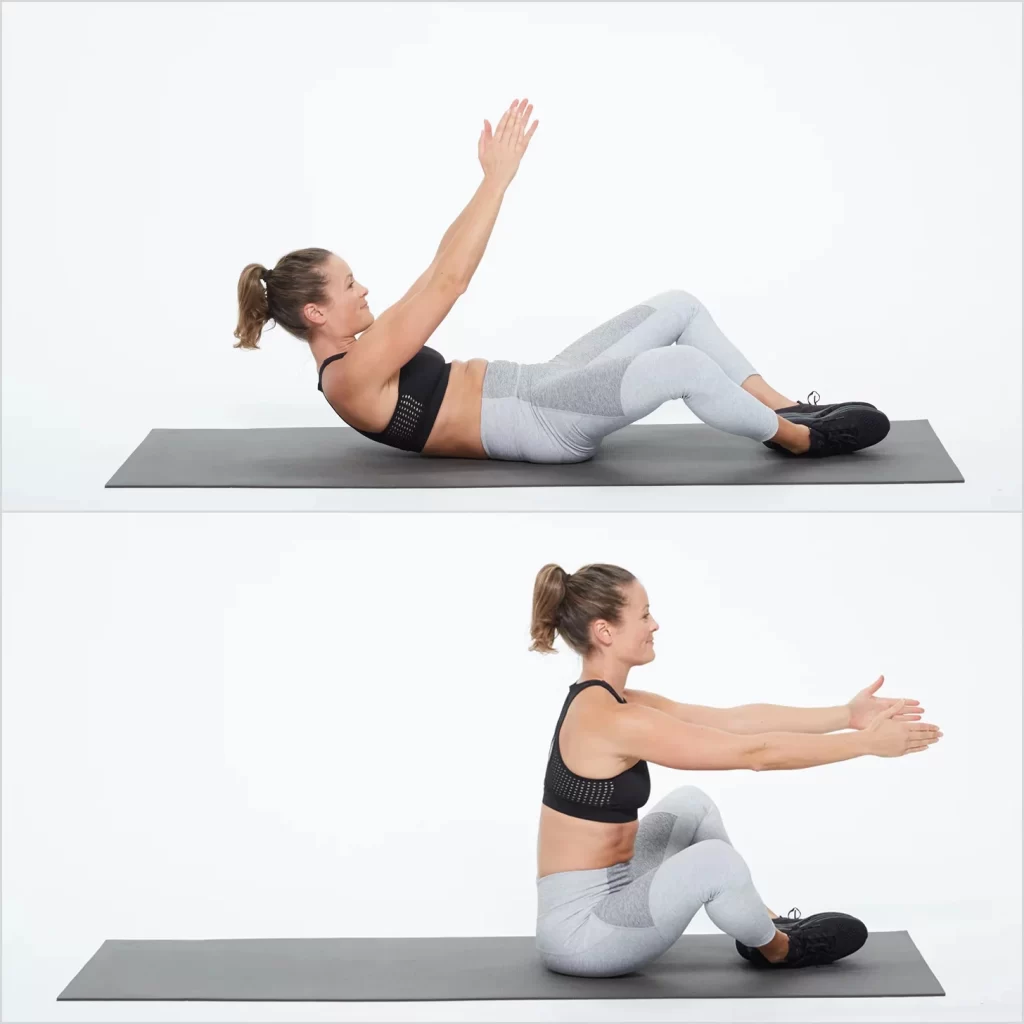
Weighted Sit-Ups:
To do this:
- You can do this variation using a dumbbell or a plate.
- Sit down on a mat.
- Keep your legs hip-width apart, feet flat on the floor, back straight, and shoulders relaxed.
- Hold the weight with both hands and raise it just above your head. Assure that your elbows are slightly bent.
- Roll back slowly.
- Assure that your spine is flat on the floor, and your hands are right above your head. This is the starting position.
- Exhale and sit up. Do not elevate your legs off the ground. Keep your back straight. Do not tuck your chin. Look diagonally up at the ceiling.
- Inhale and return to the beginning position.
- Do 3 sets of 8 reps.
Banana Twists:
To do this:
- Lie down on your back on the floor, legs together, and hands extended over the head.
- Lift your legs and hands off the floor. Engage your abdominal muscles and squeeze your glute muscles. This is the starting position.
- Sit up.
- Lead your hands from above your head to near your knees, following an arched path.
- Simultaneously, bend your knees and do not drop your feet on the ground.
- Turn to the right and left without stopping. Exhale.
- Go back to the starting position. Inhale.
- Do 3 sets of 8 reps.
Tips On Sit-Ups:
- Beginners should start with 3 sets of 5-8 reps and progress accordingly. To make it more intense you can increase the number of repetitions.
- The key to improving core strength is the breathing technique. Take deep breaths. Concentrate on contracting the muscles and holding the proper position.
- Start with your feet 13-18 inches from your butt and continue doing curl-ups. If it feels exhaustive, increase the distance between your butt and feet. This new angle between your abdominal muscles and legs will take you through some more reps.
- To avoid the pain triggered by faster sit-up movements, do a less intense variation of the sit-up with the exercise ball. This can help reduce the strain on the lower back region. Keep your lower back firmly in contact with the ground throughout the movement to avoid excessive strain.
- You can also add resistance(weights) to intensify your sit-up and challenge yourself. Just hold a pair of dumbbells and hold them in your hands.
Precaution:
- Don’t hold your breath during any exercise
- If the person has a history of any back problems, consult a doctor or a physical therapist before starting.
When not to do sit-up exercises:
- Any recent surgery
- Hip injury
- Knee injury
- If exercise is painful avoid this exercise
- If you feel more back pain
FAQs:
Rectus abdominis. Internal and external obliques. Transverse abdominis. Hip flexors (iliopsoas and rectus femoris)
Three sets of 9 to 12 repetitions three times per week.
In general, when performed properly sit-ups are safe. However, without the proper way, they can lead to a back injury. To avoid injury, it’s essential to follow proper form.
Sit-up exercises may put pressure on the discs in your spine. While you may think they will help you strengthen your core muscles, it is best to avoid this exercise if you’re having low back pain.

